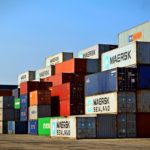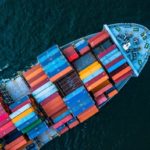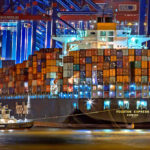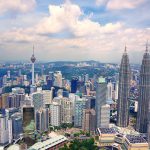Focus on ASEAN – Brunei and Cambodia
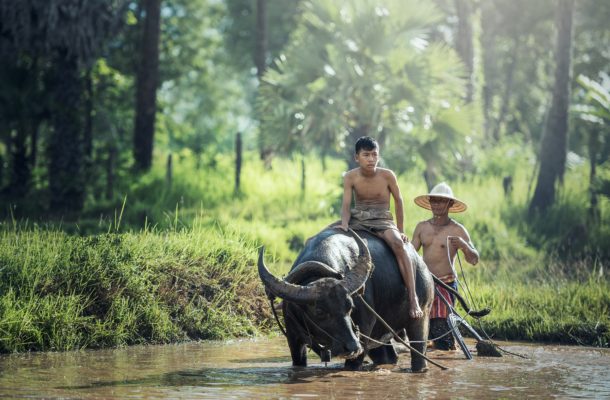
Australian businesses looking to export to ASEAN nations should be aware of the diverse stages of development across its different markets. While Singapore ranks as second in the global ease of doing business rankings, for example, other economies are at different stages of opening up.
Indonesia accounts for almost 40% of the region’s economic output, while Myanmar (Burma) is still an emerging market. Singapore’s GDP per capita is more than 30 times higher than in Laos and more than 50 times higher than in Cambodia and Myanmar.
It is vital to understand the different political systems, regulations, cultural sensitivities and ways of doing business in each country. This week on First5000, in the run up to the special Australia-ASEAN Sum
mit in Sydney, we’ll analyse the economies of each member country of ASEAN and their prospects for Australian exports.
Brunei
Brunei’s small, high-income, open economy is underpinned by lucrative revenue from the oil and gas sector which generates over half of Brunei’s GDP. Small-scale manufacturers and primary production, including agriculture, fisheries and forestry, make up the remainder of the economy.
Brunei imports nearly all of its major manufactured products and about 80% of its food. Given its small population and oil production, Brunei has one of the highest per capita GDPs in Asia and a low-tariff regime. However the Brunei Government is looking to the future by diversifying the economy, promoting private non-energy sector development and attracting more non-oil and gas related investment.
Vision 2035 (Wawasan 2035) sets out the Government’s long-term plan to create a well-educated and skilled nation which enjoys a high quality-of-life and a dynamic and sustainable economy long after oil exports have declined.
Opportunities for Australian companies abound in all the oil states. While Malaysian firms dominate Brunei’s foreign investment profile, there are strong opportunities for Australia in oil and gas maintenance and services, premium food and agribusiness, and international education.
Cambodia
Recovering from the horrors of the Pol Pot regime, which killed a quarter of the population in four years in the late 1970s, the Cambodian economy is now growing rapidly, driven by garment manufacturing, tourism, and construction. Natural resource sectors such as mining and hydropower have bolstered economic growth over the last decade, but current government policies are focused on diversification, including tourism and other service sectors.
Tourism to Cambodia has more than doubled since 2007, topping five million visitors in 2016, and new investment laws and regulations, revised in 2016, allow foreigners to invest freely in many areas. Cambodia is a member of the World Trade Organization and has a relatively open trading system.
However, while non-agriculture sectors are creating more new jobs and boosting incomes, most Cambodians still rely on farming to varying degrees. Despite this, Agriculture only generates 27% of the nation’s GDP due to its continued reliance on traditional subsistence farming, particularly in the rice sector.
Cambodia’s location at the heart of the Mekong creates opportunities as a niche investment location linking into Vietnam or Thai-based supply chains. Cambodia’s relatively stable, high-growth path is supported by encouraging demographic trends, improving education levels, and a growing middle class. Australia is therefore well placed to meet demand for quality education services, financial and professional services, and agricultural produce.
For more information, see the ASEAN Now report from Australia Unlimited from which this data was derived.


